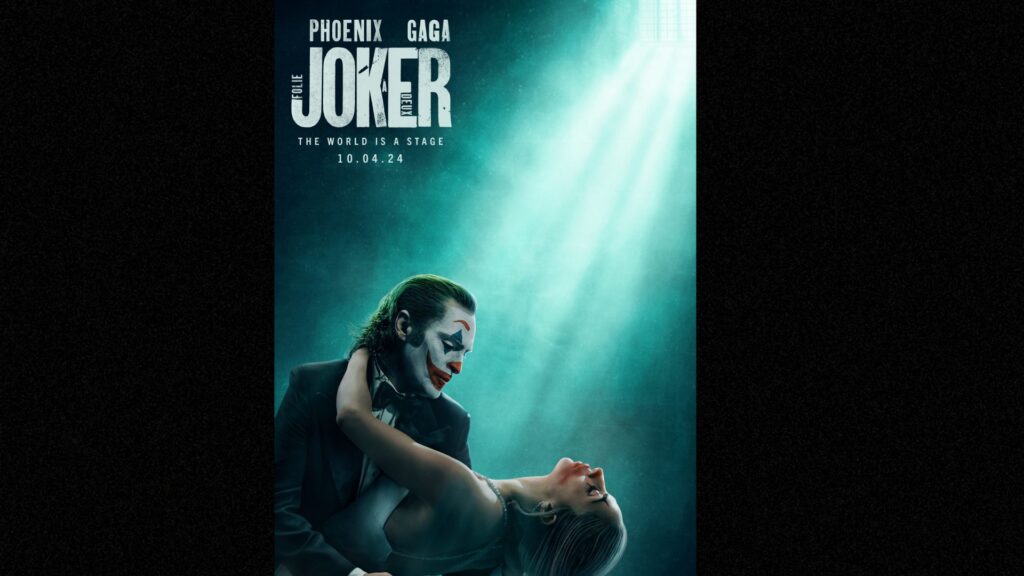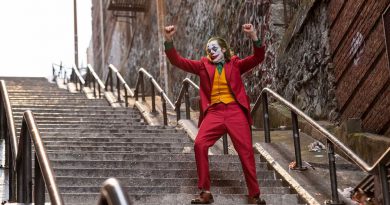Joker: Folie à Deux Is A Masterclass On Missing The Mark
Following the success of the 2019 Joker, expectations were high for its sequel, Joker: Folie à Deux.
Directed and co-written by Todd Phillips, the film promised to delve deeper into Arthur Fleck’s psyche and introduce new characters. Unfortunately, the film misses the mark.
The movie predominantly follows the trial for Fleck’s (the Joker’s) previous murders, where he and his overly sympathetic lawyer face off against Harvey Dent, Gotham’s resolute district attorney, in a flashy, highly-publicized trial.
Fleck, dulled by medication and under media scrutiny at Arkham State Hospital, starts the movie as a shadow of his Joker persona. As the story progresses, he meets Lee Quinzel, a minimum-security inmate. Their romantic bond is depicted through a series of musical numbers, indicative of Fleck’s descent into madness.
Quinzel, played by Lady Gaga, is an elusive underwritten mystery that leaves audiences unsure if she’s an unstable Joker groupie, a femme fatale who craftily deceives Fleck, or even a figment of Fleck’s worsening stability.
Fleck is no better as he swings from a listless inmate to an unhinged murderer in a descent into madness so quickly that it’s impressive for a movie that was so long.
There is a thin line between sanity and insanity. This brings us to the movie’s crux and where the decision to make the film a jukebox musical comes into play.
The musical elements, the imagined sets, the singing, and even the beginning cartoon scene all show us that the Joker is an entertainer and an actor, but how far does this go? Is the Joker an act or the true persona? A climax point in the movie, which ultimately falls flat.
The film’s climax was a burst of chaos in the otherwise dull theater with an explosive end to the trial, featuring the origin story of Harvey Dent’s Two-Face transformation. Then, the film finally comes to an end with Arthur’s death after he is stabbed by a fellow inmate.
The movie attempts to critique the sensationalism of crime and the media’s role in skyrocketing criminals into bigger-than-life figures, but the themes weren’t explored as effectively as they could’ve been. Fleck’s transformation into the Joker is heavily influenced by the media’s sensationalism, especially as they utilize the murder he committed on live television to make him a symbol of chaos.
The film critiques this by showing how the media’s portrayal can distort reality, creating a narrative that glamorizes violence and overlooks mental health and societal neglect—another theme the movie touches on.
This is predominantly seen in Fleck’s relationship with his lawyer, who treats him as a cruel victim of his circumstances and mental health that she intends to save, reflecting a tendency to infantilize those with mental health issues.
The story of the Joker and Harley Quinn could work perfectly as a jukebox musical. However, this rendition takes itself too seriously, depicting a gritty, toned-down version of the Joker and Harley, that don’t mesh well with the genre.
Ultimately, Joker: Folie à Deux suffers from being wasted potential in all facets.


